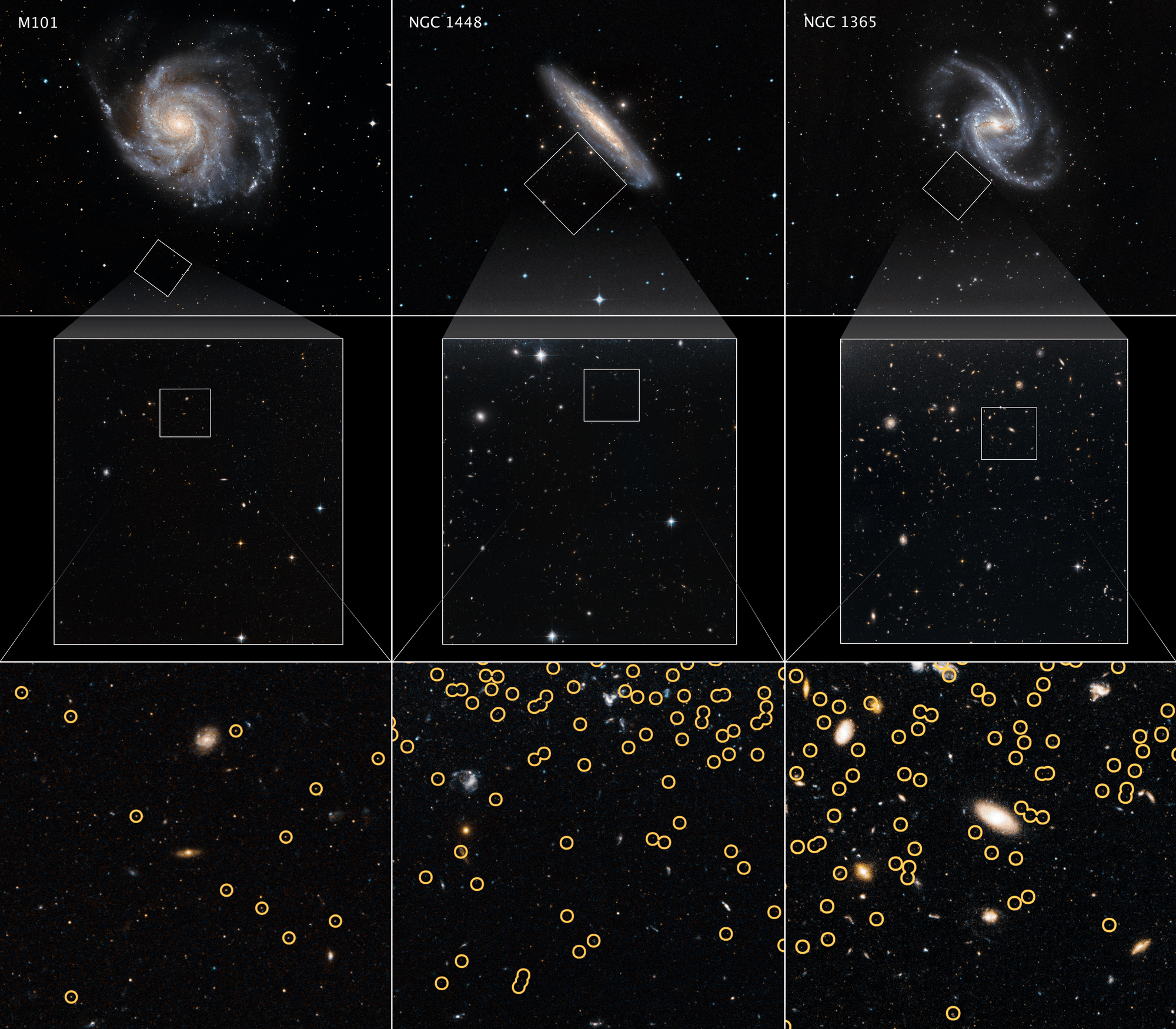Scientists have always had difficulties identifying the measurement at which the universe is expanding. However, new measurements of the universe’s expansion rate use red giant stars, but the results lead to new questions that have no answers.
About a century ago, scientists found that the universe continued to expand and grow even after the Big Bang event. The discovery was made by Carnegie Institute of Science’s astronomer Edwin Hubble. In his honor, scientists named the Universe’s expansion rate, the Hubble constant, but it’s extremely challenging to identify.
So far, scientists identified two different methods to reach this rate. However, those methods are different than one another, and the results don’t agree with each other. Now, there is a new method that brings new questions, and it’s described in The Astrophysical Journal.
“The Hubble constant is the cosmological parameter that sets the absolute scale, size and age of the universe; it is one of the most direct ways we have of quantifying how the universe evolves,” Wendy Freedman, a study co-author and professor at the University of Chicago’s department of astronomy and astrophysics said in a statement.
In the other methods, scientists used stars called Cepheids to make measurements because they have a regular pulsation rate, and they’re very bright so it’s easy to determine their distance from the Earth.
“From afar two bells may well appear to be the same, listening to their tones can reveal that one is actually much larger and more distant, and the other is smaller and closer,” said Barry Madore, study co-author and astronomer at Carnegie. “Likewise, comparing how bright distant Cepheids appear to be against the brightness of nearby Cepheids enables us to determine how far away each of the stars’ host galaxies are from Earth.”
The second method uses cosmic background radiation, which is actually the afterglow of the Big Bang, and oldest light known to the universe. Scientists are able to map and model those light ripples, which help predict expansion rate.
But the most recent study brought a new method, which uses red giant stars to predict the Hubble constant. Red giants are stars that have already reached a later stage in their life. The helium in them flashes, and temperatures become immensely higher, up to millions of degrees, until the star structure rearranges itself. Scientists can measure the brightness in these stars in different galaxies so they used the Hubble Space Telescope to map them.
“Think of it as scanning a crowd to identify the tallest person—that’s like the brightest red giant experiencing a helium flash,” said Christopher Burns, study co-author and research associate at the Carnegie Institute of Science. “If you lived in a world where you knew that the tallest person in any room would be that exact same height—as we assume that the brightest red giant’s peak brightness is the same—you could use that information to tell you how far away the tallest person is from you in any given crowd.”
The Hubble constant using red giant stars measurements resulted in 69.8 kilometers per second per megaparsec, which is between the Cepheid star and cosmic background radiation methods which are measured to be 74.0 kilometers per second per megaparsec and 67.4 kilometers per second per megaparsec respectively.
The new method brought many questions about universe expansion but requires further study.





